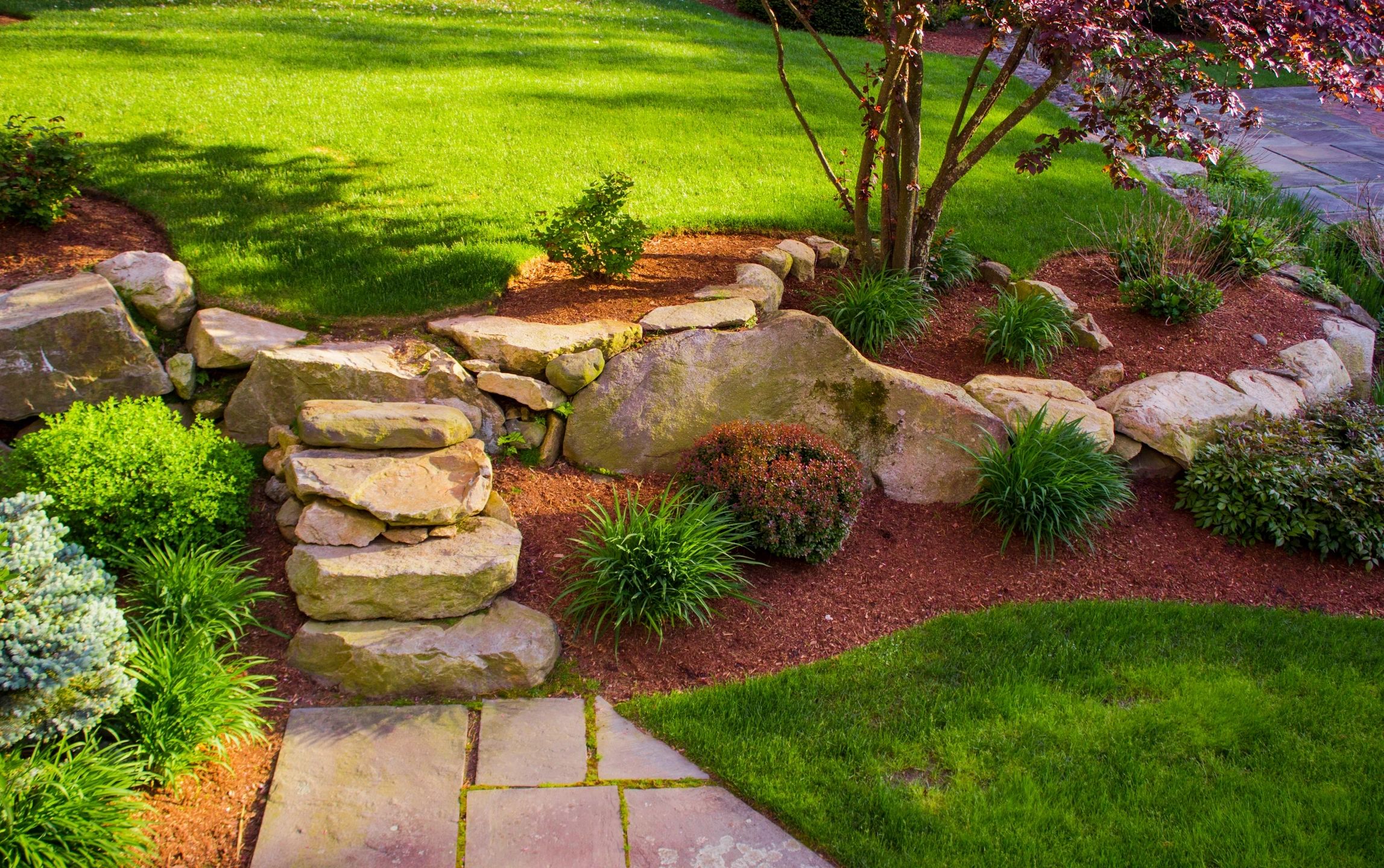For professional landscapers, the process of crafting a beautiful and functional outdoor space is both an art and a science. Landscape design involves a series of deliberate steps, from conceptualizing the initial layout to selecting the right mix of annuals and perennials, trees, and hardscape elements like paver patios and walkways. This article will guide you through these crucial steps to ensure your landscape design meets both aesthetic and practical needs.
Understanding the Space
Before planting the first shrub, it’s essential to understand the space with which you’re working. Consider the soil type, sun exposure, and the natural flow of the land. This initial assessment will inform your plant choices and the design of outdoor living spaces, ensuring longevity and sustainability.
Creating a Cohesive Plant Design
Selecting plants for a flower bed goes beyond choosing what looks good. You’ll need to consider the growth habits, maintenance needs, and how the plants will interact with each other. Perennials provide lasting structure, while annuals can offer seasonal color and flexibility.
Incorporating Hardscape Elements
Paver patios and walkways are more than just pathways; they guide movement and create distinct areas within the garden. Their design should complement the planting and overall theme of the garden, creating a seamless transition between the built environment and the natural one.
Final Touches for Outdoor Living Spaces
The final step in landscape design is to ensure the space is not just visually appealing but also functional. This might mean integrating outdoor seating, lighting, or water features that enhance the usability of the space while maintaining the design’s integrity.
In conclusion, landscape design is a multifaceted undertaking that requires careful planning and a deep understanding of horticulture and construction. By following these steps, professional landscapers can create outdoor spaces that are both beautiful and conducive to the activities intended for them.

